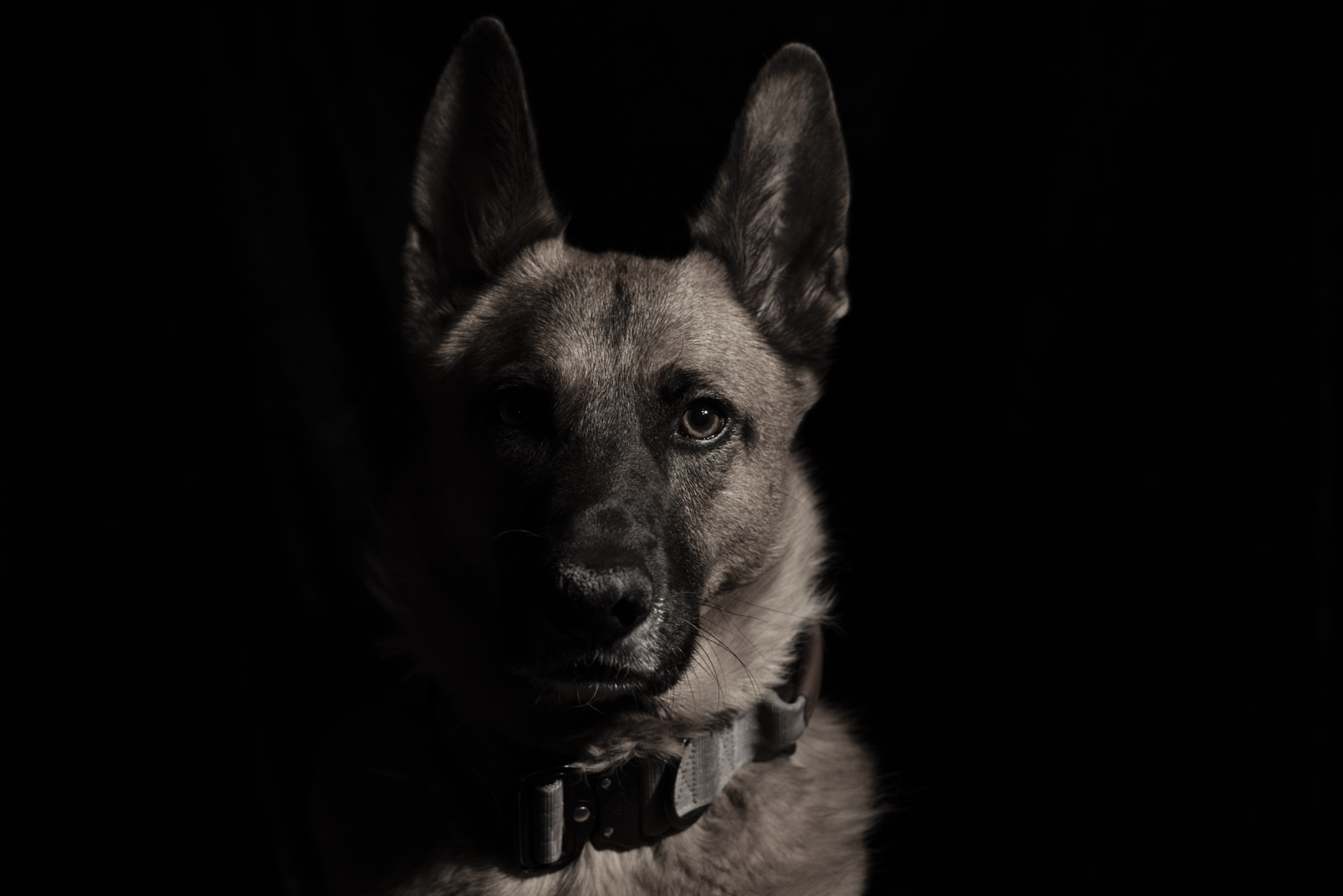The other day, I headed over to the local reservoir because—and I’m trusting you here with something personal, so be kind—I needed to escape. It had been a looooong few days, and walking around with my camera was the perfect respite.
ANYWAY
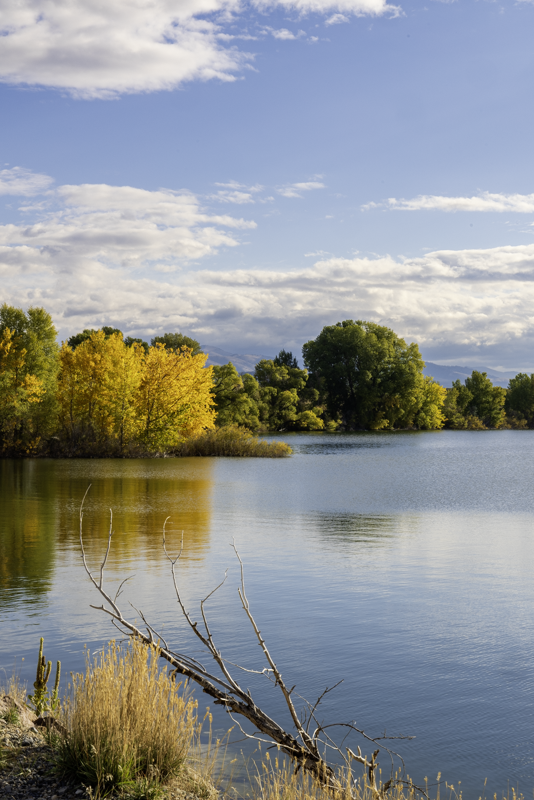
No planning went into this photo, outside of grabbing a graduated ND filter. Impulsive, me, same thing.
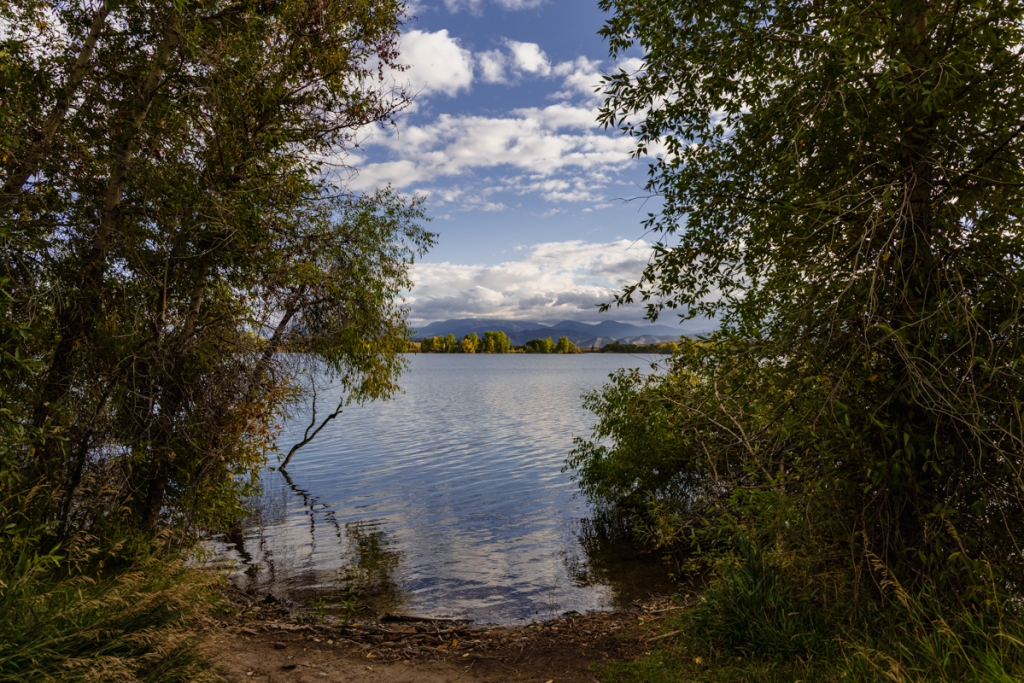
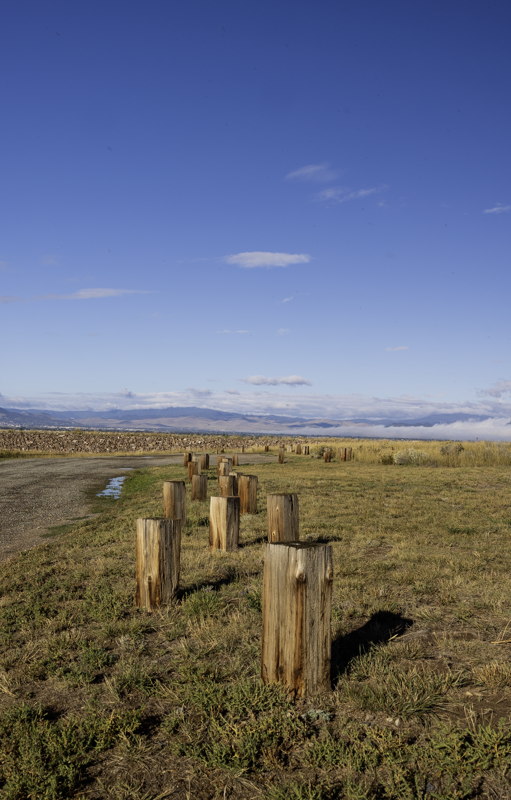
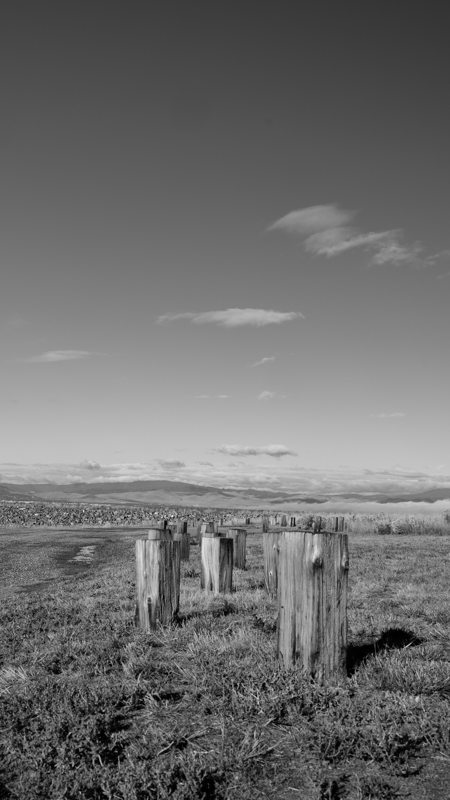

I also used various Neutral Density filters to lower shutter speed in a few of them. Here’s the explanation for the title of this post: to create that smooth lake surface you need to drop the shutter speed. To drop the shutter speed, you need to limit the light, beyond aperture and ISO. ND filters to the rescue.
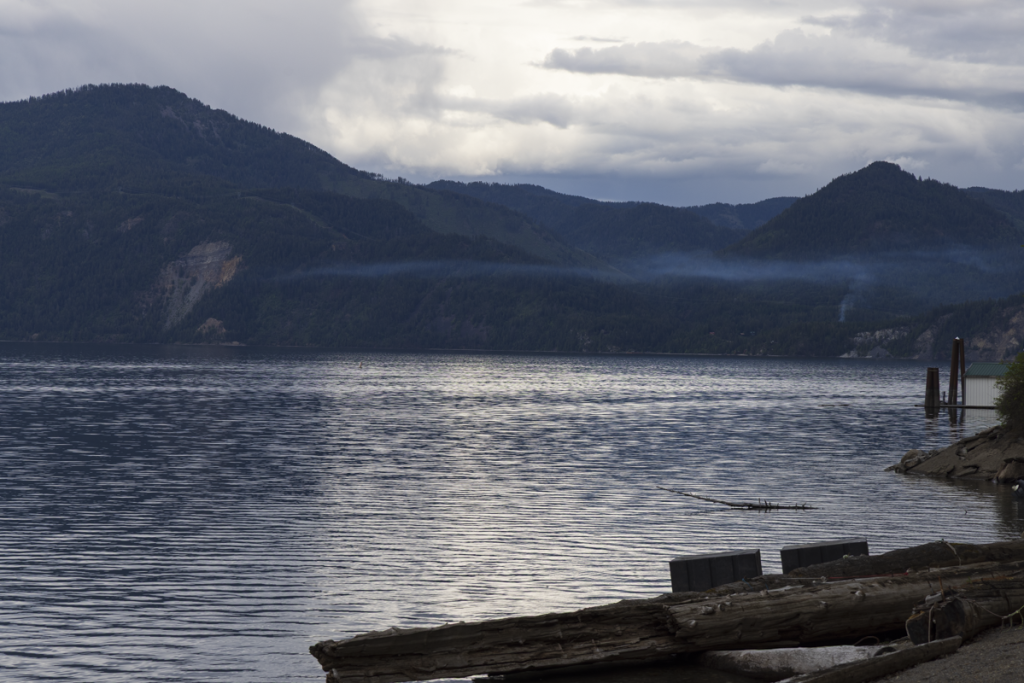
This was taken at high shutter speed, notice the water surface.
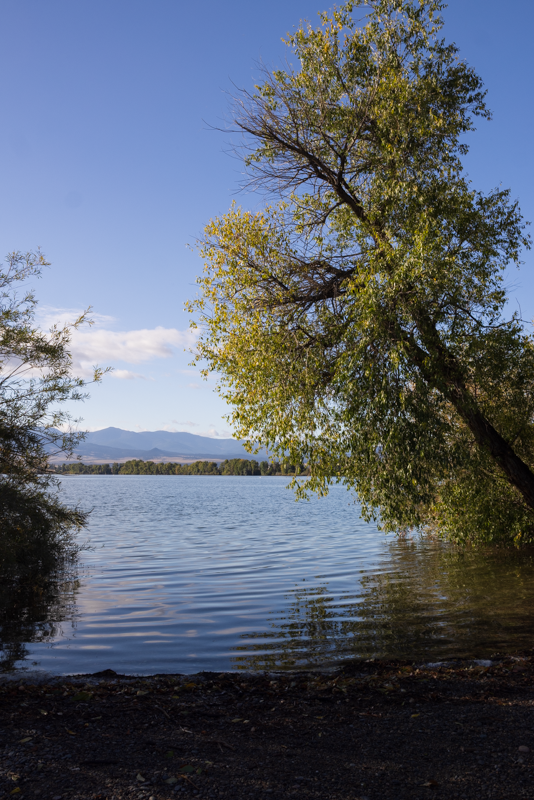
Lower shutter speed (though higher than I would like). A quick google search would provide you, my dear reader, the same information, generally using waterfalls or rivers as examples, but hey, you are reading this. This was handheld, at 1/30 not ideal due to camera shake.
Slow vs fast shutter speed, consider what affect you want your photo to have. Water can portray both serenity and chaos. When I first stated learning photography, I took a series of photos at a local pond meaning to invoke peace.

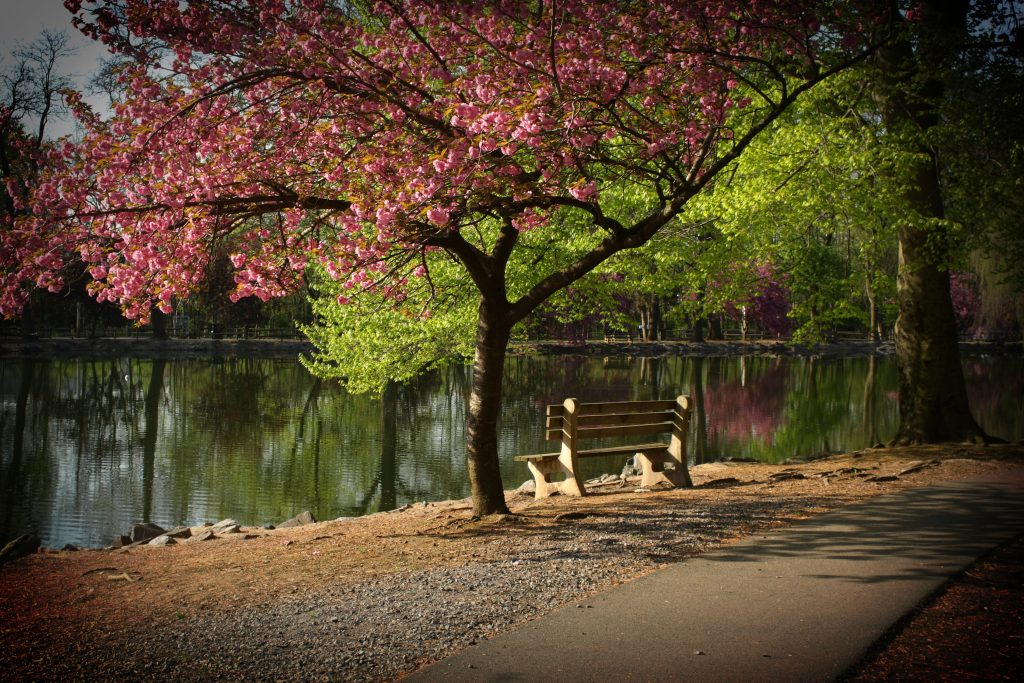
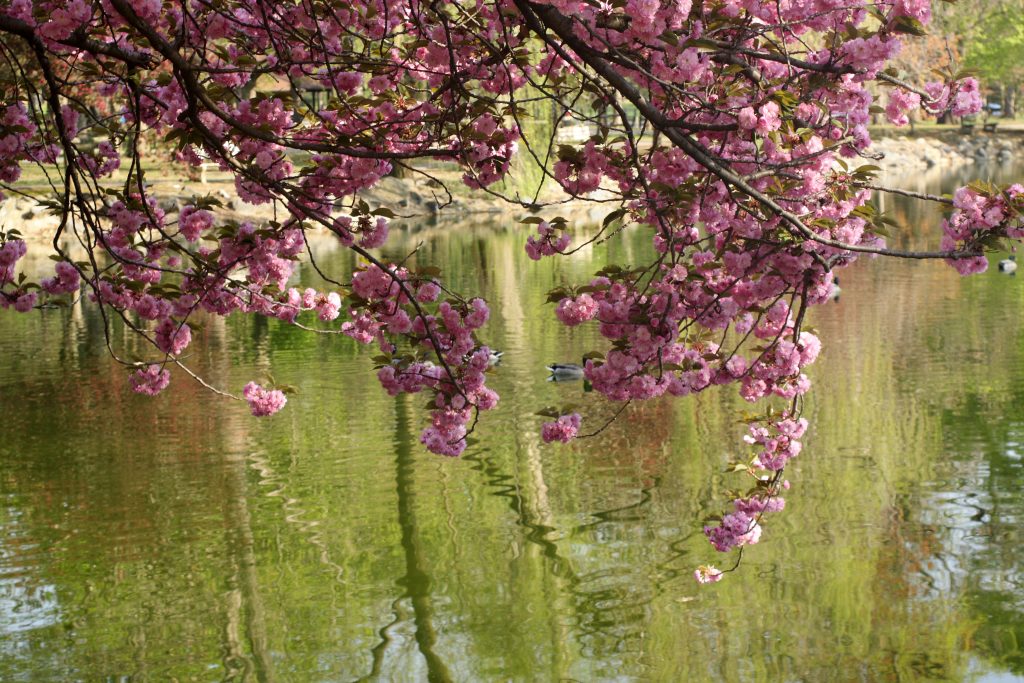

With Batman as a special guest.
Which leads to the second thought stream in this post
This blog is about learning—my learning. Polarizing filters, ND filters, and tripods came later. Even now, as you can see in some of the earlier photos, you’re not always prepared. Try lugging around all the equipment “just in case” and you’ll quickly end up with sore shoulders and a stiff back—unless you’re exceptionally strong and have an excellent photography bag.
Just this morning, I received an email inviting me to a seminar on landscape photography. (I’m not special—you’d get one too if you signed up for a certain app.) The email, clearly trying to draw me in, emphasized how essential planning and intent are in capturing those breathtaking images you see everywhere. A panel of photographers was lined up to explain how I—yes, me—can learn to take photos like that.
But you know what the most important resource in photography is—especially in nature photography? (Besides light.)
Time.
Time spent sitting in the dark, waiting for the sun to rise, watching the cool blues melt into the rosy pinks of dawn. Time spent returning again and again to a location, chasing the perfect lighting that makes a viewer pause and think, “Wow, that’s incredible.”
Time spent honing your skills so that in a fleeting moment, you’re ready—just like a photojournalist capturing history in a single frame.
Sometimes, yes, you’ll snap a photo on a whim that turns out beautifully. Like a sudden rush of water that reshapes the land, inspiration can strike without warning. But more often, it’s the steady investment of time—time spent practicing, observing, refining—that transforms your work.
Photography isn’t just about gear or technique—it’s about patience, persistence, and presence. The best images don’t just happen; they’re earned over time. Just like water slowly carves canyons and shapes landscapes, time and effort shape the photographer. And in that process, we don’t just take better photos—we learn to see the world more deeply.


